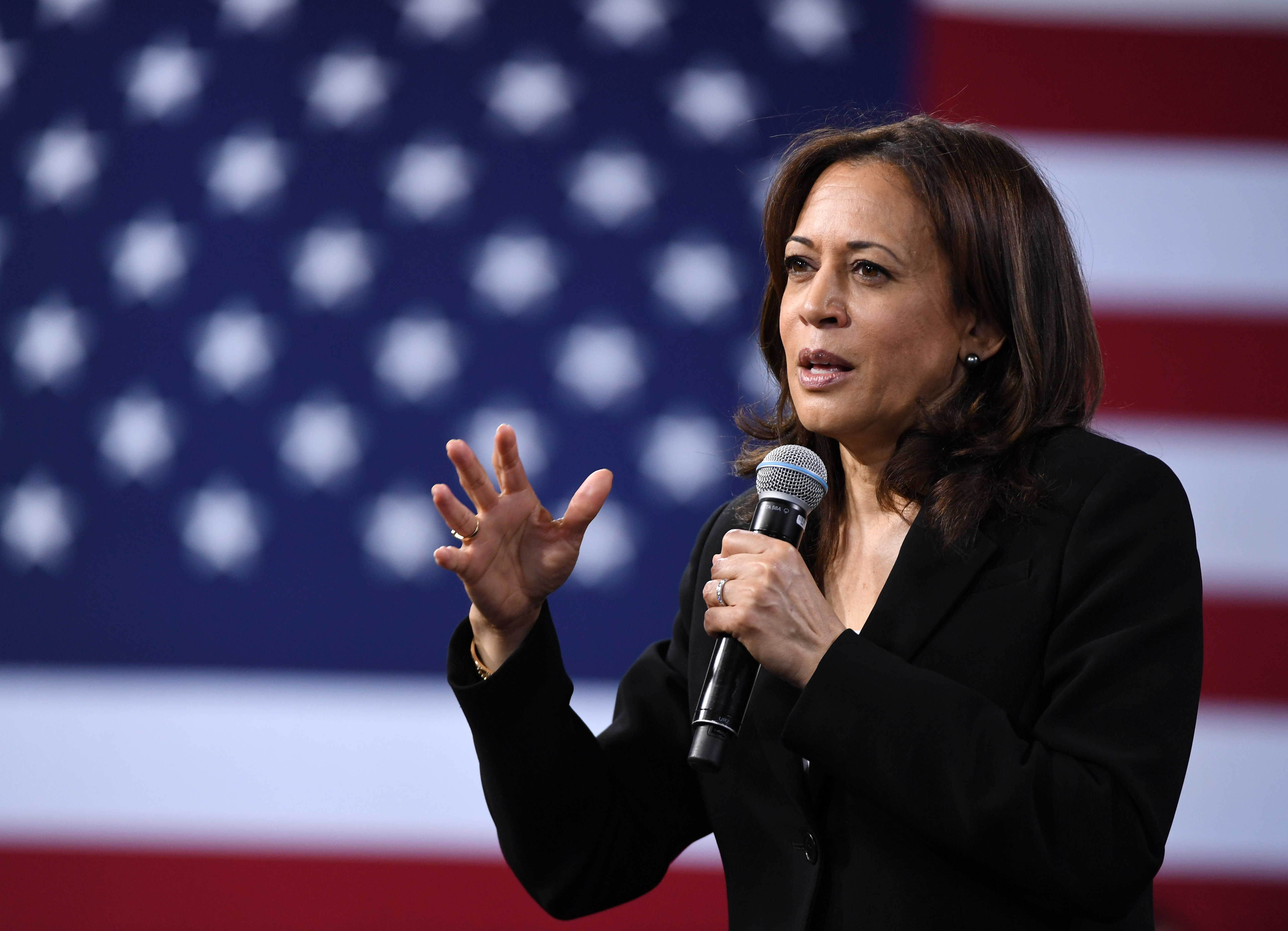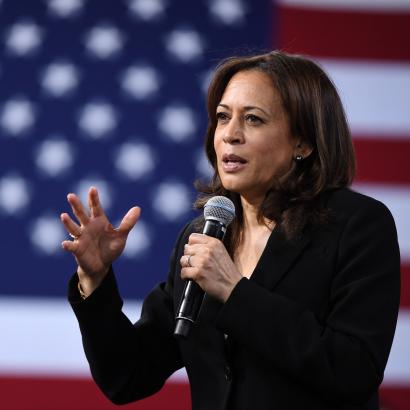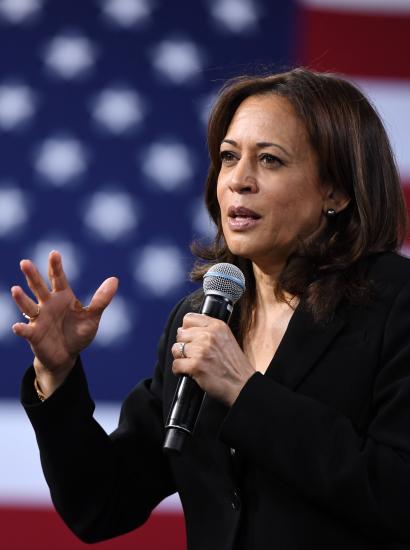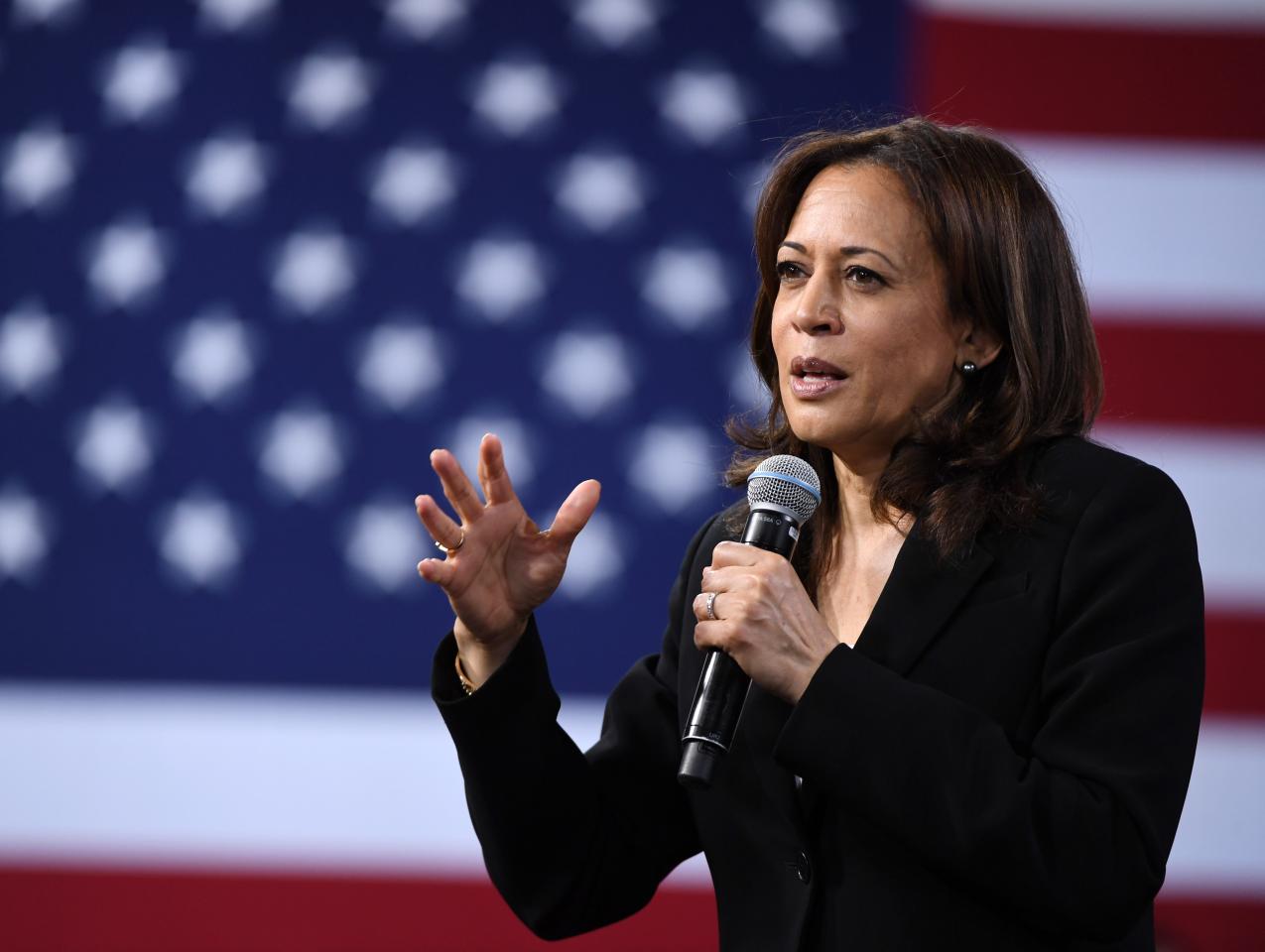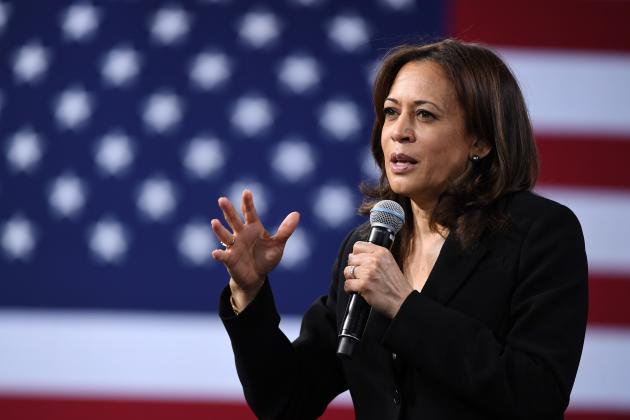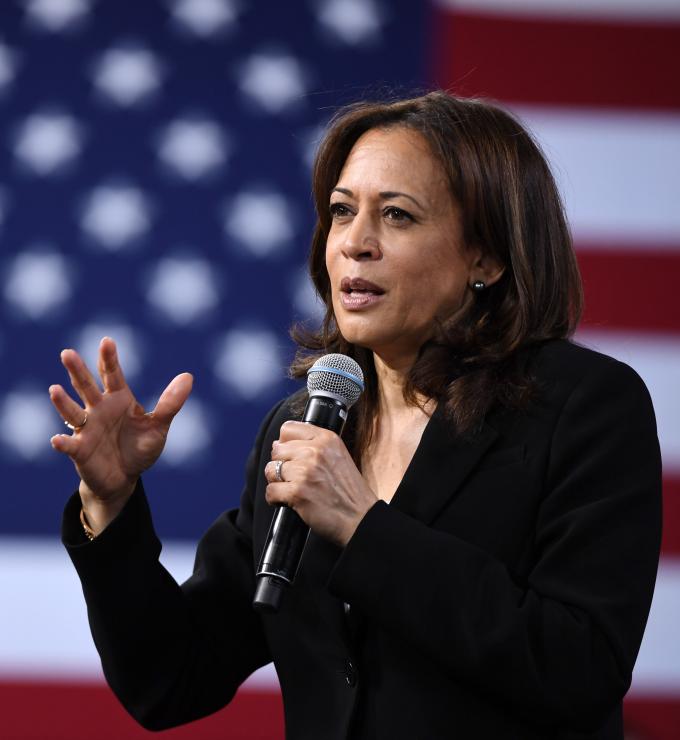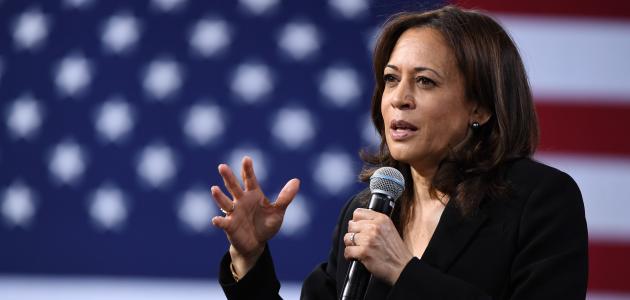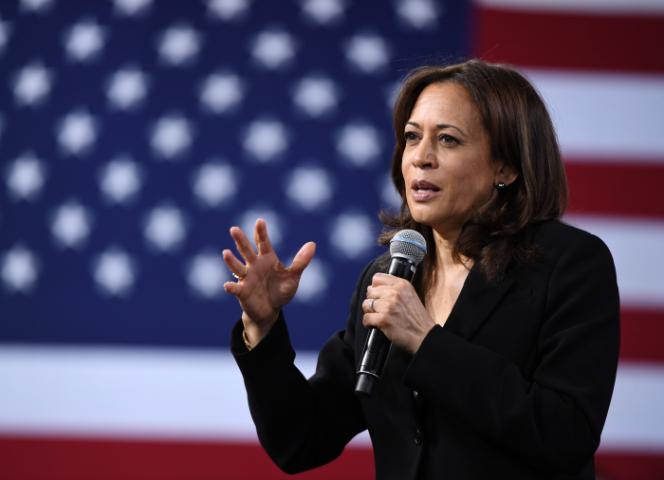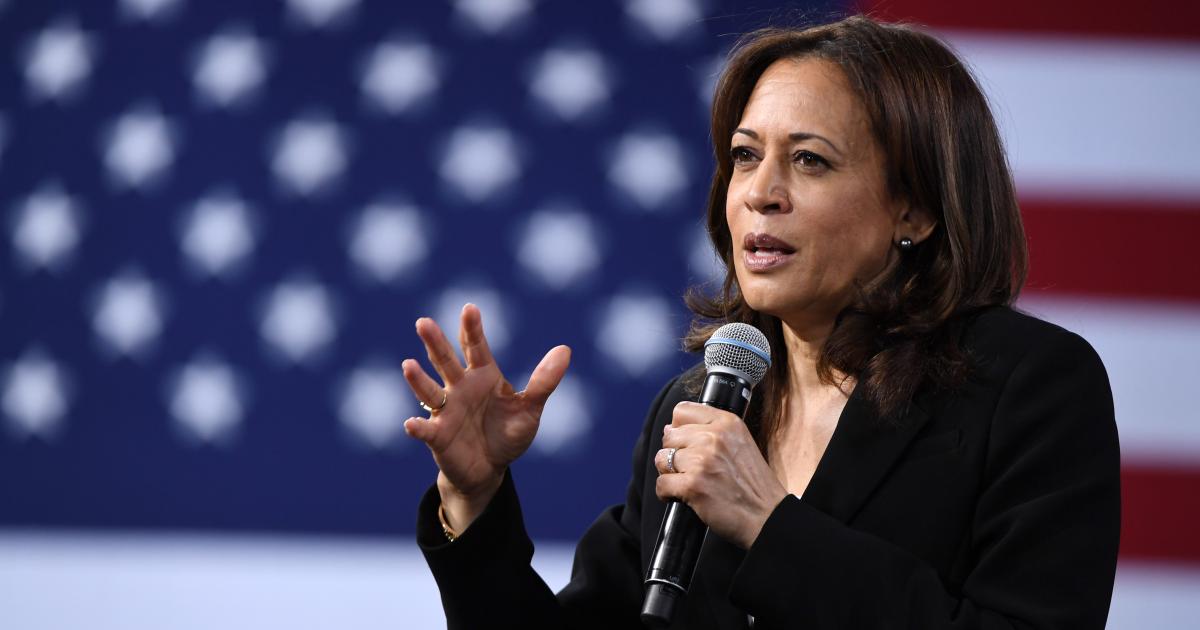- Politics, Institutions, and Public Opinion
- The Presidency
- State & Local
- California
Move past the shiny object that was the second Senate impeachment trial of Donald Trump and what was the most intriguing visual in the nation’s capital last week?
Maybe this one: Vice President Kamala Harris channeling her inner Rocky Balboa and jogging up and down the Lincoln Memorial’s stairs.
Unless placing a treadmill or elliptical machine in the vice presidential residence raises cybersecurity concerns (it’s for that reason that the president and first lady reportedly couldn’t bring their Peloton bike from Delaware), let’s assume the vice president’s stair climbing was little more than a photo stunt—a message to the more than four million Twitter junkies who saw the video that a hard-working vice president still finds time to work out.
But here’s another way to look at the pilgrimage: running up down the same flight of stairs doesn’t speak to forward progress. And it raises this question: in the nearly one month since she became the first woman of color to assume the vice presidency, what does Kamala Harris’s portfolio include other than donning a mask and dutifully standing and sitting by President Biden’s side, while also being on call, when needed, to cast tie-breaking votes in the Senate?
Adding to the intrigue: what will the California-born Harris do for the state she represented in the US Senate before she assumed national office?
On the one hand, we could be jumping the gun a little. It wasn’t until March of 1993 that Al Gore—before Harris, the last vice presidential hopeful showcased as a partner with his ticket mate more so than a political adornment—was tasked with running the Clinton government’s “reinventing government” effort.
On the other hand, then vice president Dick Cheney’s fingerprints were all over the nascent Bush 43 administration at this point in 2001 (he engineered the choices for Treasury and defense secretaries).
And there’s the matter of America’s political calendar.
Whereas many a vice president has waited eight years or more for their shot at the presidency (that includes Biden, Gore, Walter Mondale, and Richard Nixon), Harris might be on a faster track than her predecessors assuming the 78-year-old Biden doesn’t seek a second term in 2024.
In that regard, the clock is ticking. So how will Harris divide her time?
Donors. An old joke holds that vice presidents serve two functions: funerals and fundraisers. The latter is actually a good gig for Harris considering that (a) keeping a financial network at the ready will be a part of her pivot into a presidential run and (b) given the Democratic Party’s ability to mine California for political donations, it gives the vice president a ready-made excuse to return to her home in Los Angeles and her old stomping grounds in San Francisco (Harris served as San Francisco’s district attorney from 2004 to 2011).
Add to this category: Harris campaigning like mad for Democratic congressional and gubernatorial hopefuls next year. As luck would have it, the 2022 midterm election includes Senate races in Iowa and New Hampshire and gubernatorial contests in Nevada and South Carolina—perhaps the first four states to hold Democratic presidential primaries and caucuses in 2024.
Symbolism. During the lull (if there was such a thing) between the election and the inauguration, Harris was the subject of a column by the New York Times’s Thomas Friedman floating the idea of the vice president–elect as a Democratic ambassador.
Instead, there was a dust-up between Harris aides and Vogue editors over a cover photo. And she agreed to this fawning profile in Elle.
You might note: those aren’t publications that cater to flyover America. Nor do they spend much time mulling the plight of America’s inner cities. Will Harris do the latter?
During her brief presidential run that launched two years ago (Harris announced in January 2019 and quit the field that December), the future vice president outlined a plan to “stand up for Black America.” That included: ending mass incarcerations and cash bail; making attending historically Black universities and colleges debt free.
Here’s a suggestion: Harris might want to track down Michael Tubbs —at this time, a year ago, the mayor of Stockton, California, and the subject of national attention (and this HBO documentary) thanks to a pilot anti-poverty program that paid his constituents a fixed amount of money each month (i.e., universal basic income).
Tubbs, who is Black, a Stanford graduate, and only 30 years old, was seen as a rising star in his party. Instead, voters rejected him last November in favor of a Republican who’s never held office—a defeat Tubbs attributes to social-media disinformation.
The cautionary tale for Harris: good intentions, a lot of charm, and ample publicity doesn’t always make for political success.
California. Speaking of things back home in California, what will the Golden State’s favorite daughter do for her ex-constituents?
During the Reagan and Bush 41 eras, New York State’s two US senators were the erudite Daniel Patrick Moynihan, who tended to focus on knotty intellectual problems, and the less cerebral Alfonse D’Amato, who dubbed himself “Senator Pothole” for his ability to fill both road craters and parochial spending requests.
Might Harris want to fashion herself as California’s third—and “pothole”—senator? Three dollar-items come to mind: federal aid for state and local governments in COVID relief packages and assorted budget measures; aid directly targeted at California’s public schools (if it’s not lumped into a COVID-related measure); and more federal dollars for infrastructure.
All three notions are problematic. California’s budget is running a surplus, so maybe it’s not the best time for the state’s leaders to be pleading poverty. School bailouts are complicated by the specter of obstinate (and politically active) teachers’ unions that seem an impediment to California schools reopening. As for infrastructure, what comes to mind for some is the Golden State misadventure in high-speed rail construction—a San Francisco–to–Los Angeles vision presently confined to a limited stretch of the California’s Central Valley.
Coaxing reluctant members of Congress to funnel more money to Sacramento, dealing with unions’ myriad demands, and trying to put California’s bullet train back on track?
Suddenly, having to show the flag at funerals seems a lot more cheerful.







